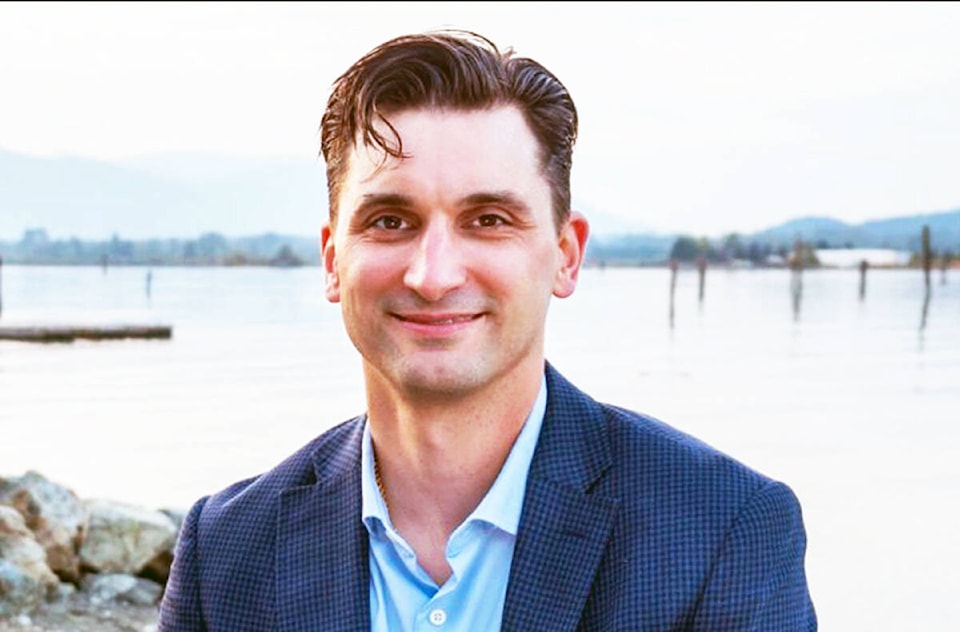By Rob Douglas
No one enjoys being stuck in highway traffic through Duncan. The problem has gotten worse in recent years, and with Vancouver Island’s population continuing to grow, it could get a lot uglier.
For many, the obvious solution is to build a new highway bypass around Duncan, like the one built around Nanaimo during the 1990s.
But it’s not that simple.
A 2014 study by engineering firm Stantec explored long-term solutions for reducing traffic congestion through the highway corridor, and strongly recommended against a new bypass, concluding that “the time savings would be negated for highway traffic by replacing a shorter corridor and signalized intersections with a longer corridor.”
In other words, the bypass would be no quicker to travel than the current route.
Instead, Stantec recommended less costly and more effective solutions, including improving local road network connections, adding right turn lanes, phasing out direct access off the highway, and optimizing traffic signals through the corridor.
Stantec also suggested various actions to encourage walking and cycling while making the corridor more attractive, including constructing a multi-use path along the highway from Boys Road to Beverly Street, a pedestrian overpass across the highway from the Duncan Skate Park to Boston Pizza, and a landscaped median through most of the corridor.
Earlier studies also raised red flags.
A report by engineering firm Urban Systems explored several possible routes, and for all of them found significant environmental impacts, loss of business for commercial properties along the corridor, and major financial costs potentially exceeding $205 million in today’s dollars, not including land acquisitions.
The shortest route, at 11 kilometres, would involve constructing a new highway across the Cowichan River, on undeveloped Cowichan Tribes’ land, through Lakes and Wicks Roads, over various private properties to Herd then Mays Roads, until connecting to the Trans-Canada Highway.
Another route would involve building over the Cowichan River, paving over Cowichan Tribes’ land, then connecting to Maple Bay, Herd, and Mays Roads.
What would residents on Lakes Road or Maple Bay Road think of having a new highway running past their front yard? What makes us think that pushing a bypass through Cowichan Tribes’ land is even a possibility? How would we feel about paving over part of the Somenos Marsh?
Other options would involve building the bypass on the west side of the existing Trans-Canada Highway, with travel routes up to 25 kilometres cutting through the ALR and other private properties, as well as scenic rural roads including Cobble Hill, Koksilah and Gibbins.
The Urban Systems study determined that each route would involve constructing multiple structures over our rivers and other watercourses, with up to 11 crossings.
There is no question we need to address the congestion through the Duncan highway corridor. But the simple solutions of the past, like building a bypass, won’t fix the problem. We need to find a new way forward that is respectful of our existing neighbourhoods and businesses and that doesn’t further degrade our agricultural land base and fragile ecosystems.
Rob Douglas is a councillor for the Municipality of North Cowichan.
